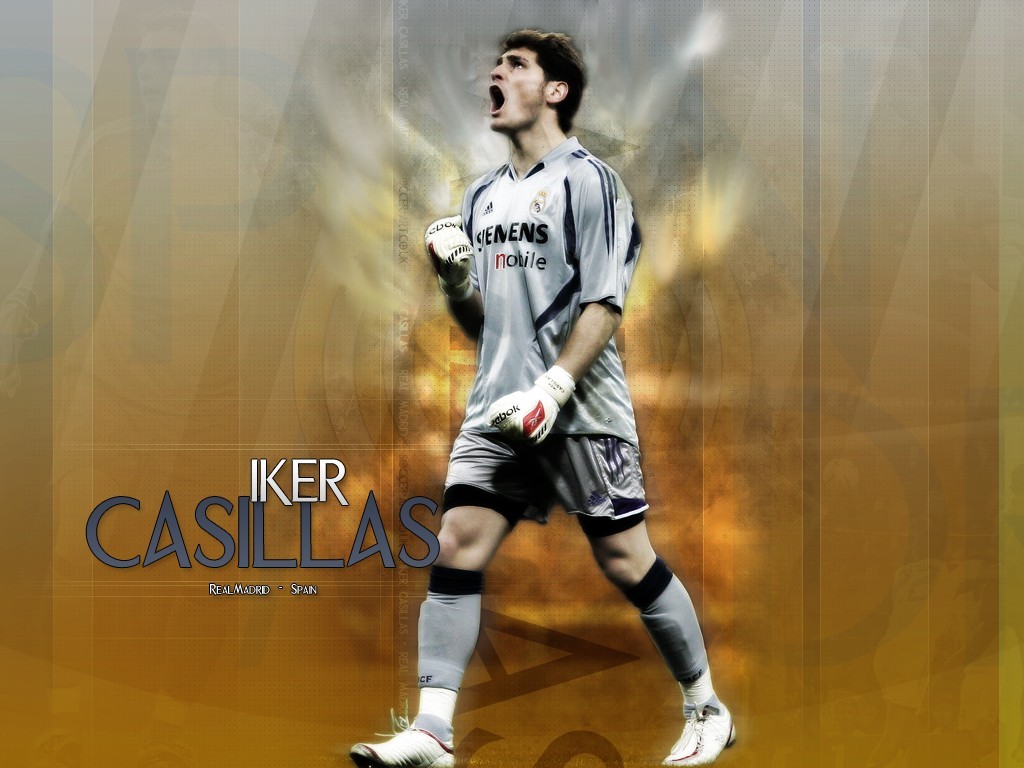
Real Madrid Club de Fútbol (also known as Real Madrid, Los Blancos, Los Merengues) is a professional football club based in Madrid, Spain. It holds the record as the most effective team in Spanish football and was voted by FIFA as the most successful club of the 20th century, having won a record thirty-one La Liga titles, seventeen Spanish Cups, a record nine European Cups and two UEFA Cups.Real was a founding member of FIFA[10] and the now-defunct G-14 group of Europe's leading football clubs as well as its replacement, the European Club Association.
Founded in 1902, Real Madrid has since spent all of its history in the top flight of Spanish football. In the 1940s, the club, the Santiago Bernabéu Stadium and the Ciudad Deportiva were rebuilt following the Spanish Civil War. During the 1950s, Real Madrid established itself as a major force in both Spanish and European football. During the second half of the 1980s, the club had one of the best teams in Spain and Europe (known as La Quinta del Buitre), winning two UEFA Cups, five Spanish championships in a row, one Spanish cup and three Spanish Super Cups.
The club's traditional home colours are all white. It has played its home professional games in the Santiago Bernabéu Stadium in downtown Madrid since 1947. Unlike most European football clubs, Real Madrid's members (socios) have owned and operated the club since its inception.

Real Madrid maintains a large fanbase and holds numerous long-standing rivalries with several other clubs. It semiannually contest the El Clásico with FC Barcelona which is the most notable rival of The Whites. The club is the world's richest football club (€351m) in terms of revenue and the second most valuable (worth over €950m as of 2008).
After its foundation in 1902, the club moved in its first years between some minor grounds before moving to the Campo de O'Donnell in 1912. This ground remained its home ground for eleven years. After this period, the club moved for one year to the Campo de Ciudad Lineal, a small ground with a capacity of 8,000 spectators. After that, Real Madrid moved its home matches to the old Estadio Chamartín which was inaugurated on 17 May 1923 with a match against Newcastle United. In this stadium, which hosted 22,500 spectators, Real Madrid celebrated its first Spanish league title. After some successes, the 1943 elected president Santiago Bernabéu decided that the Estadio Chamartín wasn't big enough for the ambitions of the club. A new stadium was built and was inaugurated on 14 December 1947. This was the Santiago Bernabéu Stadium as it is known today, although it didn't acquire this name until 1955. The first match played in the new stadium was played between Real Madrid and the Portuguese club Belenenses and won by The Whites with 3–1, the first goal being scored by Sabino Barinaga.
The capacity has changed frequently, peaking at 120,000 after a 1953 expansion. Since then, there have been a number of reductions due to modernizations (the last standing places went away in 1998–99 in response to UEFA regulations which forbids standing at matches in the UEFA competition), countered to some extent by expansions. The last change was an increase of about five thousand to a capacity of 80,354, effected in 2003. A plan to add a retractable roof has been announced.(Wikipedia)




